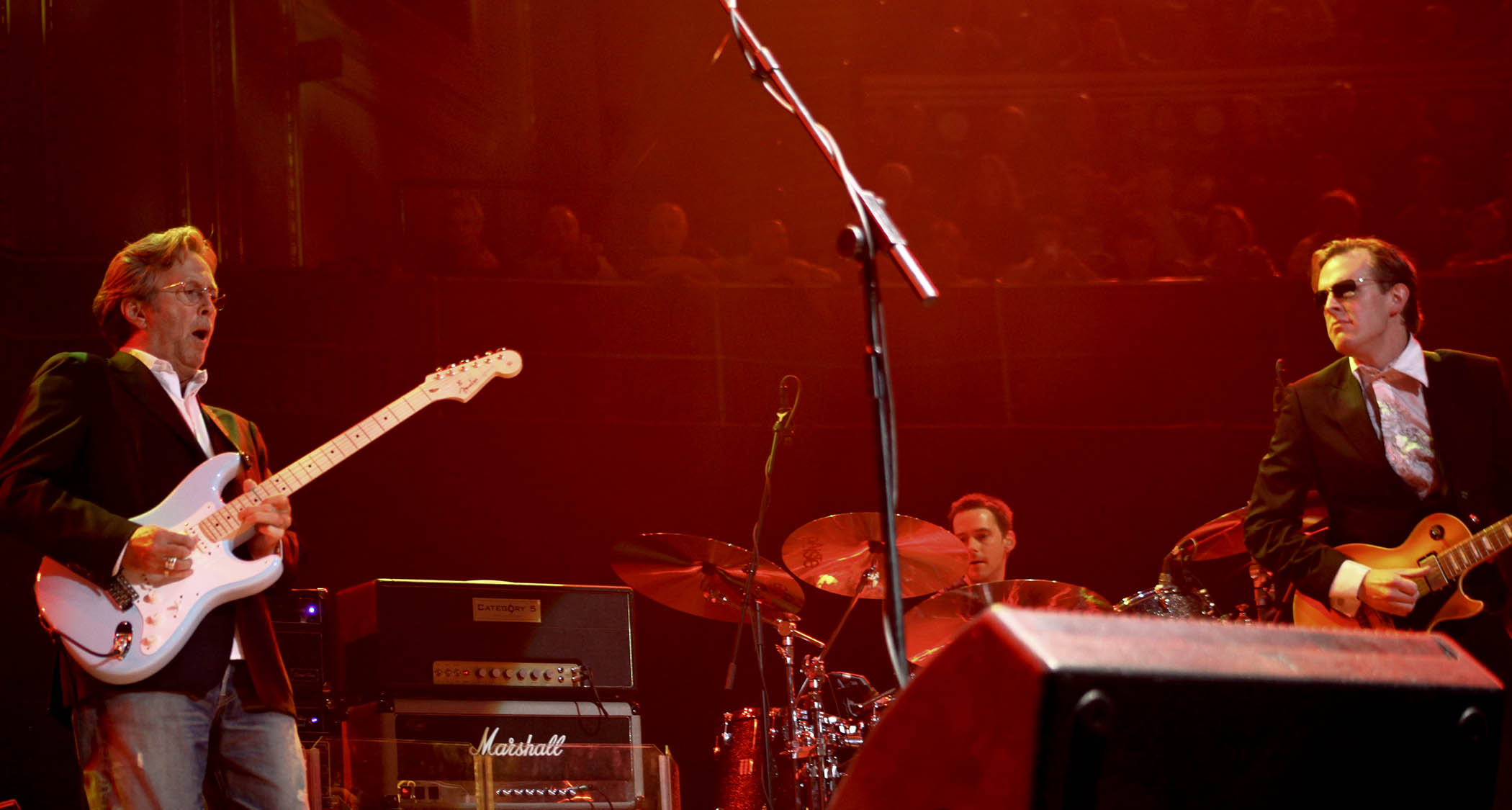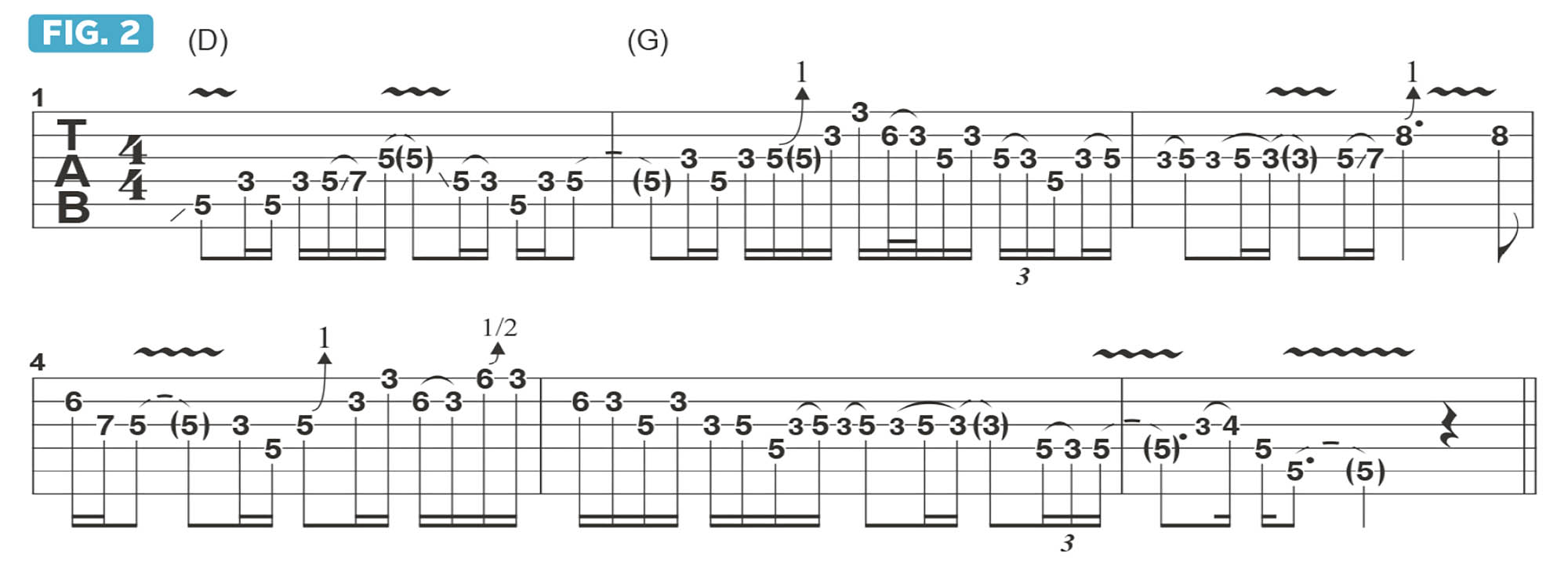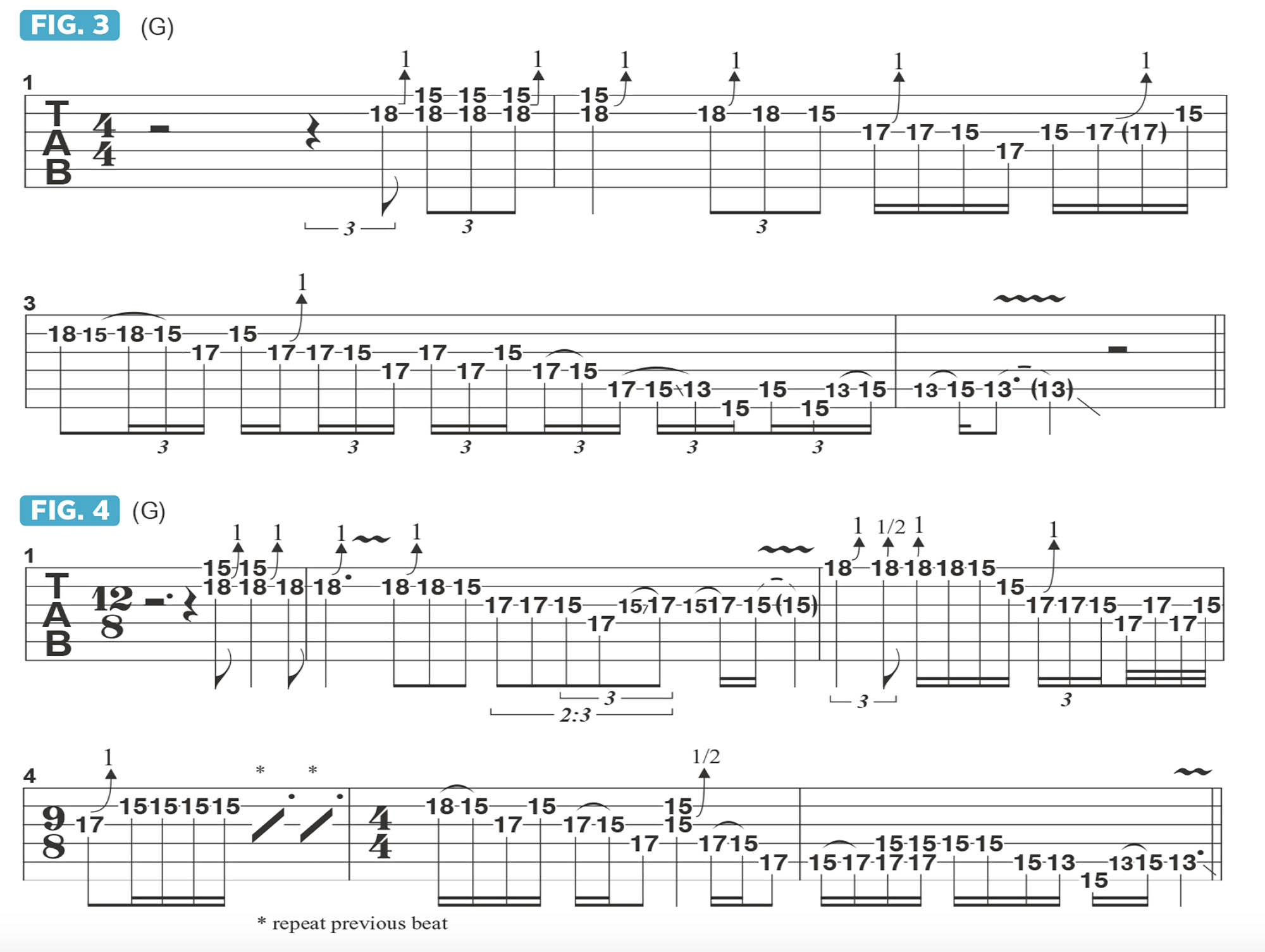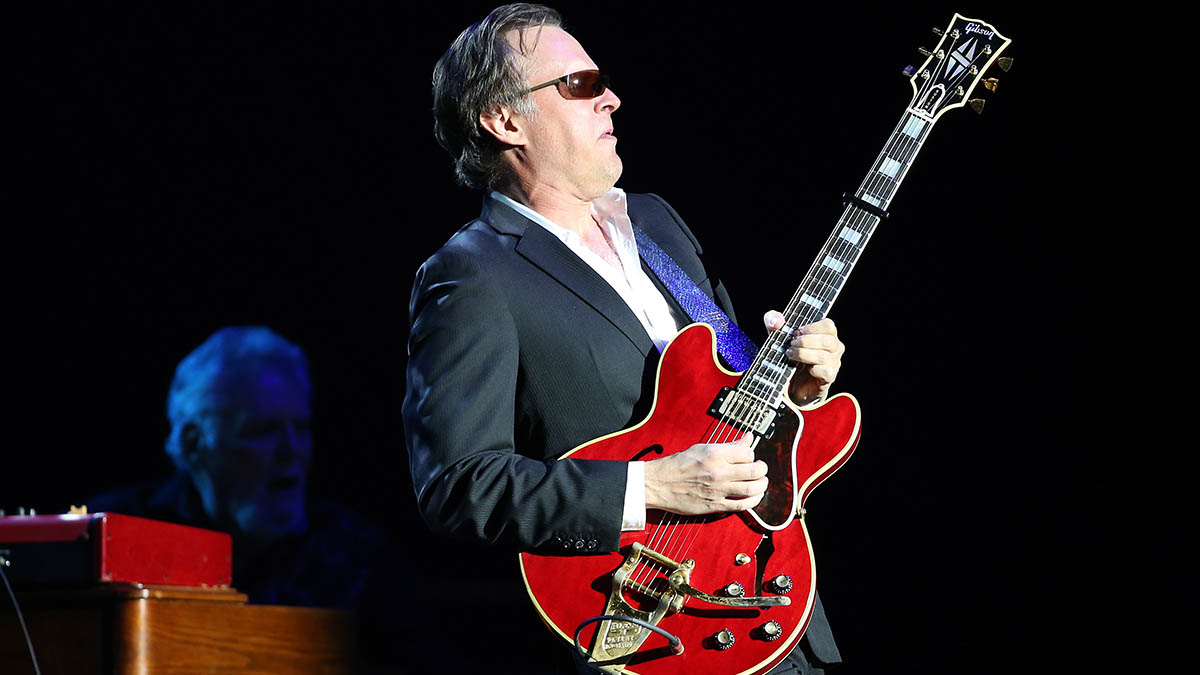“The playing is fiery, the lines are emotionally powerful and the melodic ideas and phrasing are perfect”: Joe Bonamassa pays tribute to his favorite guitar player of all time
JoBo digs out a vintage Beano Burst lookalike to break down the licks of Eric Clapton during his “Gibson years”

I’ve come to the the realization that I have not yet talked about the “elephant in the room” – my favorite singer/songwriter and guitar player of all time, Eric Clapton.
We have to break this up into two columns, because there are many different facets and eras to examine in Eric’s long and storied career. A fun, and perfectly logical, way to split up an investigation into Eric’s playing is to begin with the “Gibson years,” followed by the “Fender years.”
From 1965 to around 1970, Eric played Gibson guitars almost exclusively, initiated by his dedication to the Les Paul during his time playing in John Mayall’s Bluesbreakers through the inception of Cream in the summer of 1966.
Sadly, Mayall passed away on July 23 at age 90, just months before his long overdue induction into the Rock and Roll Hall of Fame, along with another seminal British blues figure, Alexis Korner.
In the video for this column, I’m playing a 1959 Les Paul Standard, one that’s quite similar to the “Beano” guitar, which refers to the Les Paul Eric played on the landmark album Blues Breakers: John Mayall and Eric Clapton. That particular axe is so named because Eric is reading a Beano comic book in the album cover photo.
Today I’m playing through a Dumble amplifier with a Fender reverb tank in line, but you can do all of this without the bourgeois kit of a vintage guitar and amp; any good Les Paul paired with a good tube amp will get the job done.
For many of us, our intro to electric blues was the instrumental track Steppin’ Out from the aforementioned album.
The tone Eric got on that album blew me away. Figure 1 presents a similar opening riff, which is played in the key of G and based on the G blues scale (G, Bb, C, Db, D, F).

You don’t have to apply too much energy with either hand; if you pick too hard, you lose the “bloom,” which refers to the way the note “opens up” after the string is struck. You can lighten up the fret hand too.
The guitar and the amp are working hard, but you shouldn’t be working too hard in sounding the notes. The guitar is set on the bridge pickup and the tone is rolled down to about 5.
Figure 2 illustrates Clapton/Bluesbreakers-style licks that start in D, based on D minor pentatonic (D, F, G, A, C) and then in bar 2 move into G minor pentatonic (G Bb, C, D, F). The repeated use of hammer-ons and pull-offs in bars 2 and 3 are essential signatures of Eric’s phrasing during those early days.

Figures 3 and 4 are early-Clapton-inspired G minor pentatonic licks played up in 15th position and performed with an aggressive attack; you will hear Eric play in this way on the Bluesbreakers tracks Double Crossing Time and Have You Heard.

The hallmarks of Eric’s playing from this era are his exquisite finger vibrato and how perfectly in-tune his string bends are. And the playing is fiery; the lines are emotionally powerful and the melodic ideas and phrasing are perfect.
I’ll be back next time with “Clapton: The Fender Years.” See you then!
Get The Pick Newsletter
All the latest guitar news, interviews, lessons, reviews, deals and more, direct to your inbox!
Joe Bonamassa is one of the world’s most popular and successful blues-rock guitarists – not to mention a top producer and de facto ambassador of the blues (and of the guitar in general).
“There are so many sounds to be discovered when you get away from using a pick”: Jared James Nichols shows you how to add “snap, crackle and pop” to your playing with banjo rolls and string snaps
How to find new approaches to blues soloing – using fingerstyle improv ideas and Roy Buchanan-inspired licks










![Joe Bonamassa [left] wears a deep blue suit and polka-dotted shirt and plays his green refin Strat; the late Irish blues legend Rory Gallagher [right] screams and inflicts some punishment on his heavily worn number one Stratocaster.](https://cdn.mos.cms.futurecdn.net/cw28h7UBcTVfTLs7p7eiLe.jpg)
